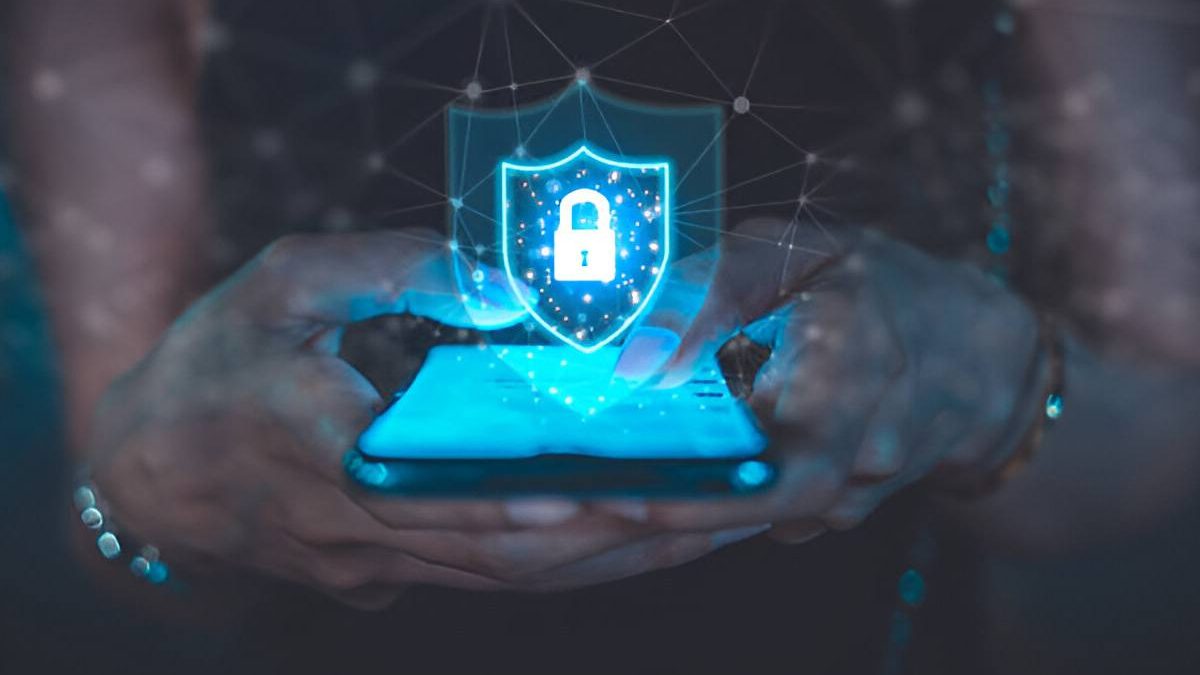Mobile apps are found everywhere in India’s rapidly developing digital landscape—from banking and online shopping to healthcare and learning. And with usage so high, so is the risk of cyber attacks. That’s where mobile threat defense takes over. Now this is something that operates quietly in the background, defending apps from attack, eavesdropping, and data leakage. Without it, app security in today’s modern age would not be strong.
Table of Contents
Toggle1. How Mobile Threat Defense Works in Real Time
In contrast to ordinary antivirus software, mobile threat defense operates in real-time. It continuously monitors changes in the phone system, data traffic, and activities of programs. If something unusual is detected, it can inform or block the activity at once. For instance, if a program begins accessing sensitive information it does not normally require, the protective system will pick this up and act. This fast reaction can rescue apps from being exploited or compromised.
2. Why Developers Need It More Than Ever
Indian app developers now have enormous pressure to protect user data. One compromise can result in trust loss and legal issues. Mobile threat defense provides developers with a smarter approach to prevent threats from becoming major problems. It also enables them to know where vulnerabilities lie in their app code or system. This makes future apps more secure from the beginning. Adding mobile threat defense into their workflow indicates that developers care about security more deeply.
3. Protecting App Stores and Downloads
A large issue in mobile app security is users downloading apps outside of official stores. Apps downloaded from these sources typically have malware or embedded spying mechanisms. Mobile threat defense assists in verifying the security of these apps before or after they are installed. It can prevent a malicious app from executing or even recommend uninstalling it. It provides an additional level of protection even when users make risky decisions.
4. Managing Risks over Public Networks
Individuals in India tend to use public Wi-Fi everywhere these days. The networks are insecure and enable hackers to steal information being transmitted from phones. Mobile threat protection can alert a phone if it is about to access a risky network and can block access or alert the user. This guards personal messages, bank details, and passwords against being stolen by cybercriminals.
5. Protecting Personal as well as Work Data on the Same Device
It is now very much common for individuals in India to maintain both personal and office work on the same phone. The combination facilitates a misstep in one application to reach the other. A dangerous application installed for personal reasons can damage office data maintained on the same phone. Mobile threat defense can isolate and safeguard both categories of data. It secures work information even if a personal app is compromised. That matters for companies that let employees use their phones.
6. Defending Against Advanced and Evolving Threats
Some cyber attacks are intelligent. They remain silent, burrow deep within the system, and attack when the time is right. These are more difficult to detect and prevent. However, mobile threat defense can identify even these concealed risks. It learns as time passes by observing the device’s normal behavior. When something does not feel right or seems unusual, it sends an alarm.
7. Assisting Businesses Adhere to Indian Data Regulations
India now has better regulations for digital security and data protection. Businesses are required to comply with these laws lest they face penalties. Mobile threat defense facilitates this by providing improved control and reports on how data is processed and secured. It also assists in the event of a data breach by providing information about what went wrong and how it can be repaired.
8. Cost of Overlooking Mobile Threat Defense
Overlooking mobile threat defense can prove to be expensive. One successful attack can leak information, bring services to a halt, and damage a company’s reputation. The expense of repairing the harm can be extremely high. In a few scenarios, users’ trust is really lost. For developers of apps, this translates into losing business and users. Mobile threat defense isn’t an additional feature—it’s a necessity. Its price is much lower than that of recovering from a cyberattack.
9. Why Users Also Benefit from It
Although most users have no idea what mobile threat defense is, they sense the impact. They have better app performance, fewer bugs, and no worry. Apps with this protection are safer to use. This generates trust and creates more reviews and downloads. In India, where users are becoming increasingly data privacy conscious, this extra safety can mean a huge difference in an app’s success.
10. Making It a Standard, Not an Option
Most app teams continue to view security as an add-on later on. However, mobile threat defense needs to be included in the very first step. Like testing and coding, security must have its place within the app development process. This thinking is already underway within India’s leading tech hubs. Businesses now desire more secure apps from day one. Including mobile threat defense also aids in ensuring apps are future-proofed for future threats.
11. Preparing the Next Generation of App Builders
India has a lot of young and skilled coders. To remain at the forefront, they must learn not just how to create apps. They must learn how to protect them too. Mobile threat defense needs to be included in every technology training and coding program. This way, young minds can develop apps that are not only intelligent but also secure. Security considerations should be as standard as user interface development or app maintenance.
Conclusion
India is racing rapidly toward a digital era, and mobile app safety has never been more crucial. Mobile threat defense definitely takes a center stage in order to ensure that users and developers are safe from unknown threats. It operates silently in the background, thereby preventing threats before they escalate. With the increasing app usage across India, this silent protector is becoming increasingly important. For every app developer and company that wishes to remain secure, doverunner is a name to recall—because the future of apps hinges on how much we protect them.
Also Read: 7 Best Proxyium Alternatives: Free Web Proxies That Don’t Suck
Shashi Teja
Related posts
Hot Topics
Youth Sports Camps Build Character
We do not all become professional sports players; however, every child can benefit from youth sport programs. There is a…
Best DMARC Lookup Tools: Instantly Check & Verify Your DMARC Records
Choosing the best DMARC lookup tools is essential for any organization that wants to secure its email domain and prevent…



